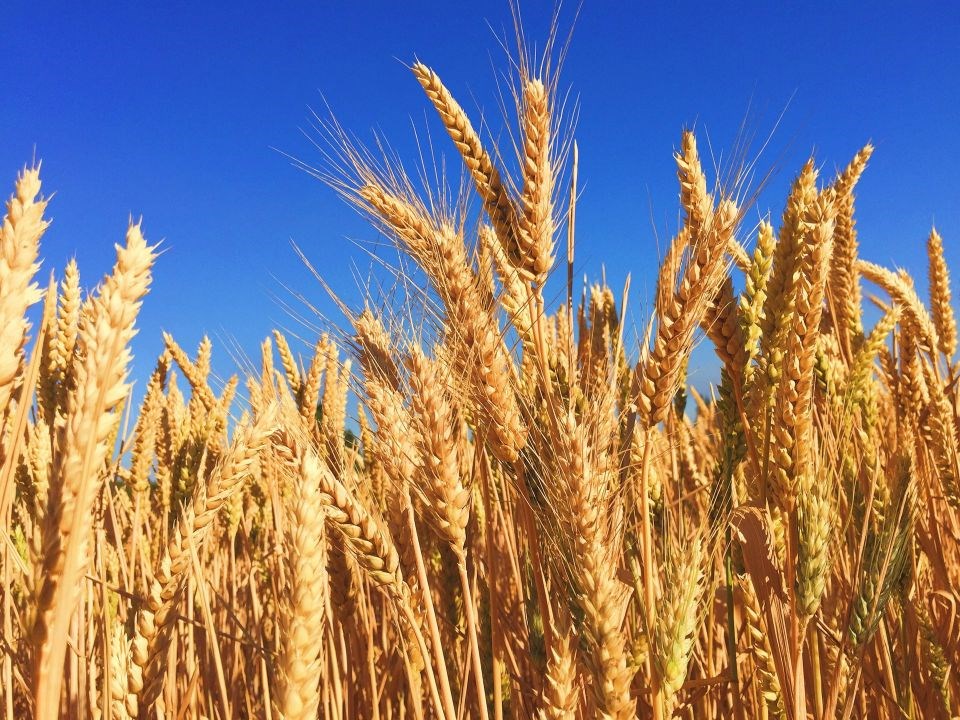Notes from the Manitoba Crop Report, for July o8, 2025
SOUTHWEST MANITOBA
The southern areas received a good amount of moisture this past week, while the northern areas did not get asmuch as needed. A couple of well-timed rains would help make up for the moisture deficit. Overall, crops are ingood condition. However, areas south of Melita and near Pierson remain under drought conditions. In contrast,crops north of Melita and Elva are in good to excellent condition, except in areas affected by hail.
Winter cereals are progressing well; rye is in the hard dough stage, and winter wheat is at the milking stage. Spring cereals are currently flowering, and most farmers are applying FHB fungicides.
Corn is at the 10-leaf stage, though variability in development and vigor is noticeable across different fields and topographies. This is largely due to acute nitrogen and sulfur deficiencies, particularly in coarse-textured soils.
Peas are flowering well but are shorter than last year.
Flax is growing steadily, ranging from first leaves to 25 cm tall, and has started to flower.
Canola development varies from the cabbage stage, in later plantings, to full flower in earlier plantings. Stands are even, with excellent emergence. Fungicides are being applied for sclerotinia protection in more advanced canola fields.
Soybeans and dry beans are at the R1 stage, and internode elongation appears more pronounced this year.
Sunflowers are the 10 leaf stage and beyond. While some crops are struggling on drought-prone land, others are performing well.There are no major insect issues to report currently. However, agronomists have observed pea leaf weevil larvae feeding on nodules in peas and faba beans. Aphids are beginning to appear in some pea fields, but populations remain well below threshold levels, and no insecticide applications have been reported yet.
Dense flushes of green foxtail are appearing in some areas, with some nearing the heading stage.
NORTHWEST MANITOBA
High temperatures for the week allowed good crop growth. Ashville and Minitonas stations recorded the highest daytime temperatures at 33.6 degrees, while the lowest overnight temperature was at Alonsa station at 5.6degrees. Few areas received precipitation this week with Alonsa receiving the highest amount at 8 mm. High temperatures and lack of precipitation contributed to crop stress. Many areas are in need of precipitation.
Fungicide applications are underway in most crops. Herbicide applications continue as crops reach appropriate stage.
Fall rye and winter wheat crops are in the grain filling stage.
The most advanced spring wheat crops are flowering, while remaining crops continue behind. Some cropsimproved with precipitation received last week.
Field peas are growing nicely and are in the R2 stage with some reaching R3. Where moisture has been limited,crops are shortened and stressed with recent high temperatures.
Canola crops are varied across the region. Depending on seeding date and moisture conditions for germination,crop stages differ greatly. Stages also differ within the field with some plants flowering and some at the 2 leaf stage. Earliest seeded crops are in the flower/pod development stage. The remainder of the crops continue behind.
Soybean crops are growing nicely and most advanced crops are at the R1 stage.
- Manitoba Agriculture



